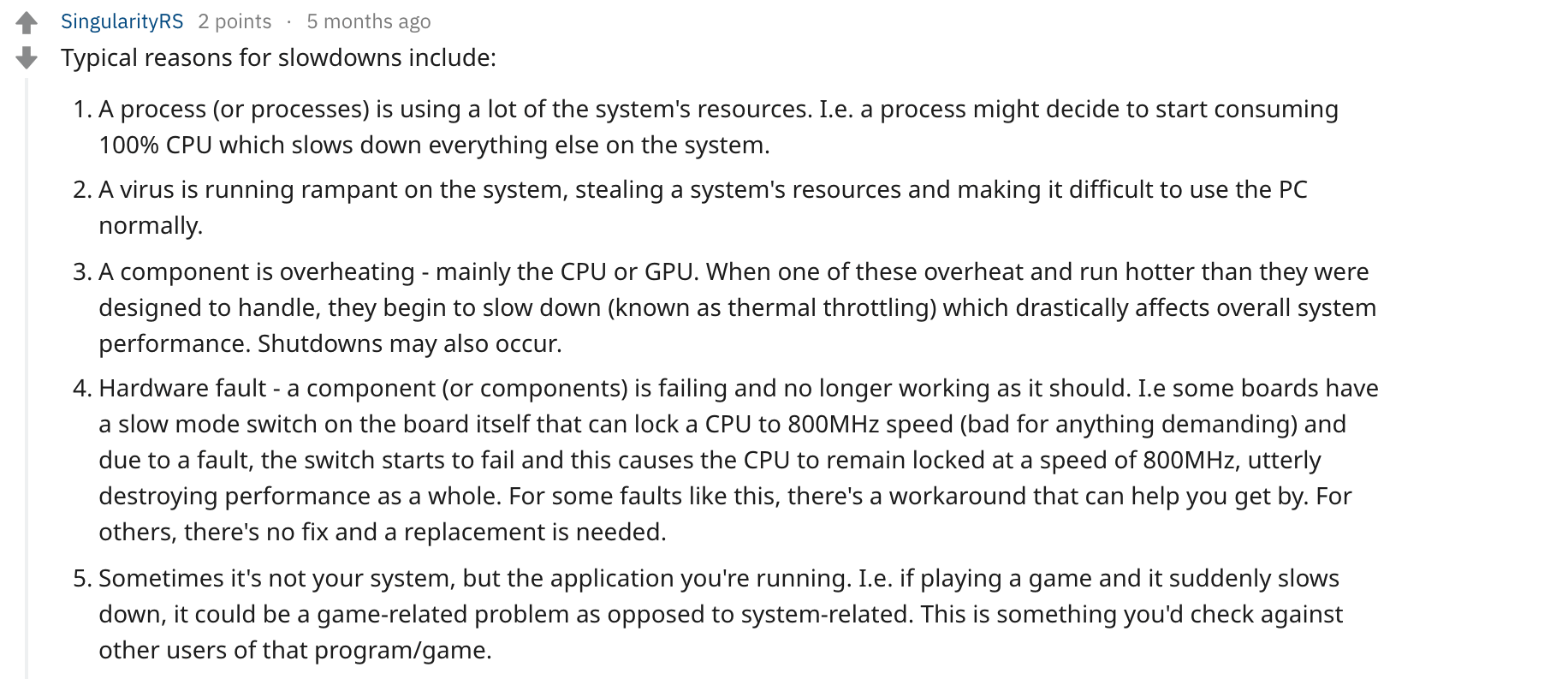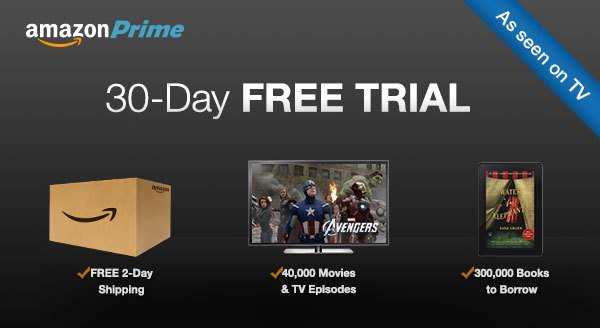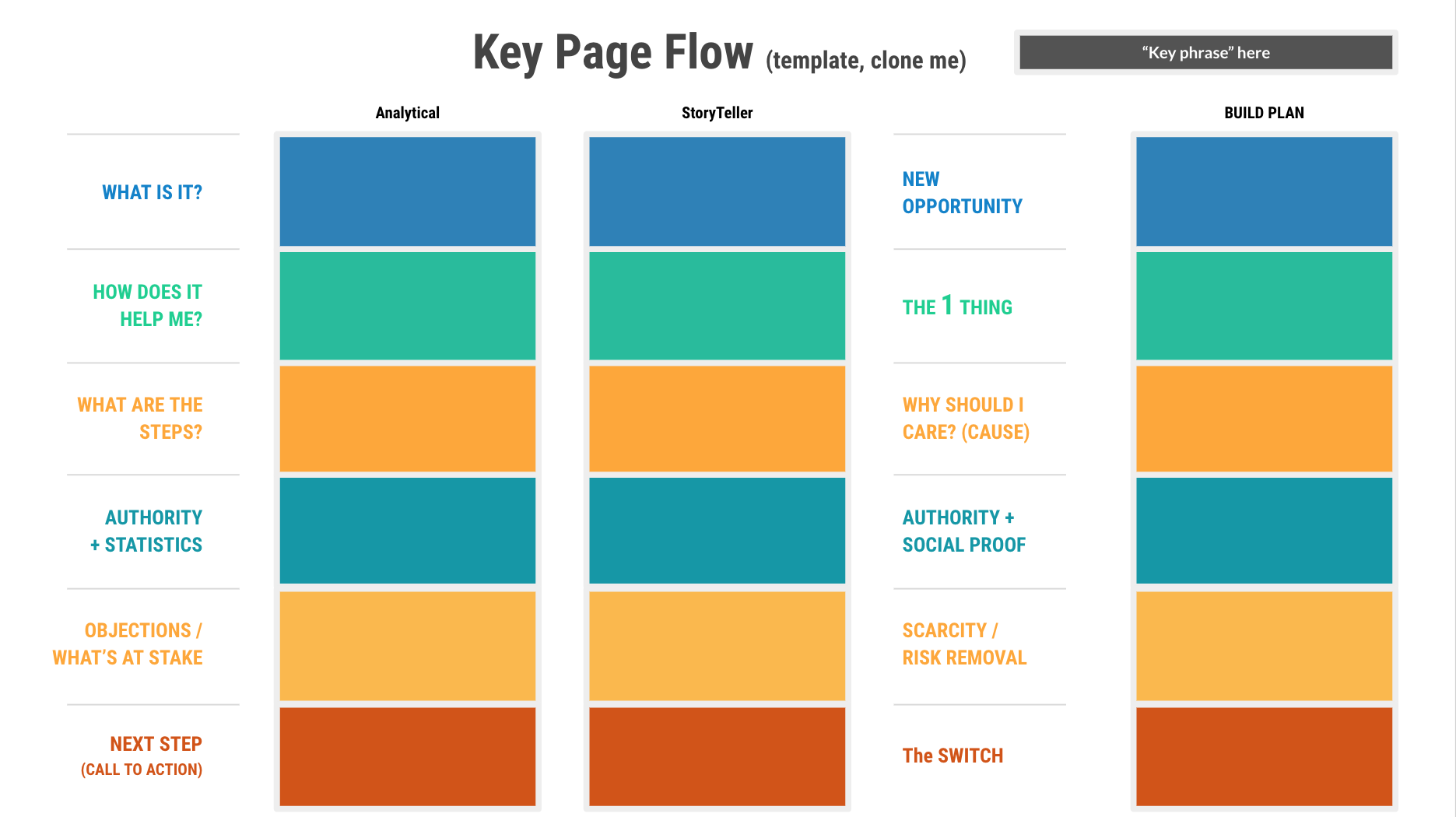When it comes to your website, nothing is more important than the message. Over the design or functionality, the message is what will attract and convert your ideal customers. That's why smart brands invest so much time and energy in writing the most compelling copy for their website, doing a substantial amount of research and developing a robust strategy.
Wait, are you not one of those brands?
If the importance of excellent website messaging makes you nervous, it's likely because you haven't put that much consideration into yours. And if you're experiencing low conversion rates, not bringing in enough qualified leads, or have a high bounce rate, ineffective website content could be to blame.
However, with the lean website content creation process that a lot of agencies (including us) use, you can turn around your website content performance in a few short weeks.
(Or you can keep waiting for the problem to fix itself. It's your call.)
5 Steps To Better Website Content Creation
I find that a lot of companies find content creation intimidating, and it's easy to understand why. Writing is difficult, and without the right approach, expensive. Exceptional writing requires a lot of time and consideration, a top-notch copywriter, a hefty budget, right?
A lot of people won't tell you this (especially not writers trying to make their living), but it doesn't have to. While you should allocate resources to your website content creation, you don't have to break the bank. Usually, you can craft compelling content with a few simple steps.
Step #1. Get Better Insights About Your Customer
Every company thinks they know everything about their ideal customers. However, as moving company Unpakt had to learn the hard way, without actual customer behavior data and feedback, you don't know your customer very well at all. Before investing in ongoing reporting and interviewing their audience, the company centered their marketing strategy around the assumption that their customers want an easier moving process.
(Spoiler: they were wrong.)
As it turns out, the Unpakt customer wants to find a moving company they can trust. The brand had to pivot and pause their operations until they could figure that out.
You can avoid the same missteps by getting more specific, accurate information about your customers before writing any website content. By using customer behavior data from HubSpot or Google Analytics, conducting ongoing customer interviews, sending out email surveys, and doing grassroots research on forums on LinkedIn or Reddit, you can gain better insights.
That's a lot of information, so it's also essential to condense those insights and make the information accessible to your marketing team and content writers. We use one-page templates such as The Customer-Centric Business Model Canvas, which organizes customer concerns, challenges, and so forth to hold this data.
A few other of our go-to templates include:
Together, these documents will give you an excellent overview of your target customer, giving you the ability to write content that resonates with them throughout your site.
Step #2. Build Out An Accurate Buyer Journey
Without an accurate buyer journey, you will make even more assumptions about what your customer needs. You will write content and offers that don't reflect your customer's reality, making you seem uninformed and untrustworthy. You can solve this by developing a more realistic buyer journey, and craft better content for each stage.
As Anna Talerico, the Co-Founder at Ion Interactive and Beacon9 explains why matching content for every buyer journey stage is essential, given how customers make decisions.
"Buyers are in control, and they aren’t going to go from step 1 to step 2 to step 3 in a process you define, they are going to jump around and explore and compare, and self-educate on their own terms, in their own timeframe. Because of this, it’s incumbent on us as content marketers — it’s mission critical, really—to ensure we’re supporting this new reality for our buyers. Because a buyer’s self-directed journey is primarily experienced through content."
You can start writing better website content by refreshing your buyer journey, and be re-evaluating your customer's state of mind and needs at every stage, including:
Awareness
At the awareness stage, your customer is doing a lot of research due to a trigger event or day-to-day frustration or problem they have. You can write better website content for this stage by going back to your buyer personas or lean canvas and documenting all your customer's pain points.
Hypothetically, let's say your product is cloud storage, and one of your customer pain points is a slow computer.
You can scan Buzzsumo to see what advice your customers are currently receiving from B2B publishers, and the type of titles they're engaging on, such as this article about Google Chrome tabs. From here, you could gain insights about all of the reasons customers believe their computer is slow. With forums, such as Reddit or Quora, you can also see how your customer is defining or explaining their challenge.
For example, in this Reddit thread asking for specific reasons a computer is slowing down, the user has a lot of excellent questions about their problem. They also provide context about how long their computer has been slow, and again, all of the reasons they think it's slow.

All of that context can inform content for product pages, headlines, and reasons why cloud storage could help resolve their problem for good.
Consideration
During the consideration stage, your customer is looking at existing alternatives. On your website, you need to address the reasons why customers are choosing these alternatives, and find ways to communicate your benefits. We don't make a lot of side-by-side comparisons with our competitors directly but evaluating how we differ give us a lot of ideas for website copy.
You can also get a ton of value from figuring out what makeshift or DIY solutions exist for your customer. For instance, we use HubSpot, and all of our clients do too, for the most part. We attract those types of clients by pointing out the flaws and weaknesses of FrankenSpot solutions, which often confuse and frustrate our ideal customer over time.
We also use our customer objections to inform our website content choices. Many of our clients question why HubSpot is so expensive during their consideration step, and we get ahead of that concern with specific language on critical pages. For example, on our Customer-Centric Marketing page, we talk about the long-term value of inbound marketing, (which HubSpot facilitates), and even tease that although "great marketing is expensive, bad marketing is even more expensive."
That one line puts everything into perspective, right? That's the kind of language you want, and you get it with a deep understanding of every hesitation or option your customer has.
Decision
At the decision stage, offers such as free trials and demos are popular, and you want to reinforce those offers on your website with compelling language. It's no surprise that Amazon masters the decision stage with their 30-Day Free Trial of Amazon Prime. Before the call-to-action to sign-up for the trial, they flaunt all of the benefits, such as access to free 2-Day shipping on a majority of products, and the ability to stream over 40,000 movie and television shows.

Source: International Business Times
It's a critical point for Amazon. They must answer any lingering questions and concerns, and make this offer sweet enough for a customer to convert. And with free access to movies and saving a ton of money on shipping, not a lot of people are going to pass on this.
You can replicate their success by following up with people who did not convert on your BOFU or Bottom-of-the-Funnel offer via survey, and ask why they went with another solution or didn't move forward. Alternatively, you could go through a customer journey mapping exercise, which forces you to identify potential gaps in your content or website pages.
In Amazon's case, these exercises could reveal that a portion of their ideal audience doesn't buy that much online and already pays for a service like Hulu or Netflix. Perhaps in the future, they could include statistics about how many more films they offer over Netflix, or how much people typically save from making online purchases.
Overall, it's all about understanding what's holding your customer back and putting language on your website to push them through those barriers.
Step #3. Lead With Key Pages
After you have your strategy documents with those accurate customer insights, as well as an informed buyer journey, you can identify the website pages you will need to create or optimize. Whether you're building pages for the first time or adjusting the copy on existing pages, I recommend focusing on your most critical pages first.
In my experience, these include your homepage, any conversion or pricing pages, as well as pages that support the buyer journey. These can be website pages with a TOFU or Top-of-the-Funnel offer or a landing page for your free trial or demo. All of these pages are necessary to focus on first since they're responsible for communicating what your product or service is, how it benefits your customer, and how they can get it.
When you have these pages, you can also update or draft your sitemap. The sitemap documents the framework of your website and will help dictate the flow of how customers move from page to page.
Step #4. Identify The Purpose Of Key Pages
Once you identify the pages you want to focus on, it's time to outline each of them. By developing an outline for your website pages, your copywriter can concentrate on the primary purpose and objective of each. We use page flows to map out each section that must exist to prompt and persuade our customer towards whatever action we want them to take.

Our sections are pretty straight-forward. At the top, we summarize what the page is about, how that topic serves the customer and any steps the customer needs to take to be successful. As we move down the page, we save room for any statistics we have to prove our point, copy that addresses their objections or challenges, and finally, lead into our call-to-action at the bottom.
Step #5. Identify The Message
After we fill in the outline, we polish the message for each section. There are a few tactics to ensure you write the most compelling copy in your headlines, sub-headers, call-to-actions, and body copy, including:
- Focus on the reader, and avoid talking about your brand
- Take a friendly tone and avoid pushing a sale
- Write naturally and not exclusively for search engines
- Keep it simple and get to the point
For anything you write, consider your customer. What tone do you need to take to strike a chord with them, and earn their trust? If you write with a customer-centric mindset, they'll forget that you're trying to sell them something and focus on how you can help them be successful.
Mastering The Website Content Creation Process
When it comes to developing website content, the best advice I have is to focus on your audience, invest in your strategy and research, and follow a lean process. Otherwise, you'll write a lot of website copy that isn't going to attract or engage anyone. An additional parting tip is to invest in a rapid prototyping tool like SprocketRocket to outline and draft website pages quicker.
With SprocketRocket, you can select from various content modules and draft the exact page you want right in HubSpot. Together, the tools enable you to work smarter and faster, cutting down on the amount of time it takes to construct and map out website pages. If you're not using HubSpot yet, check out how you can save up to 60% off in your first year, with our comprehensive (and free) guide.